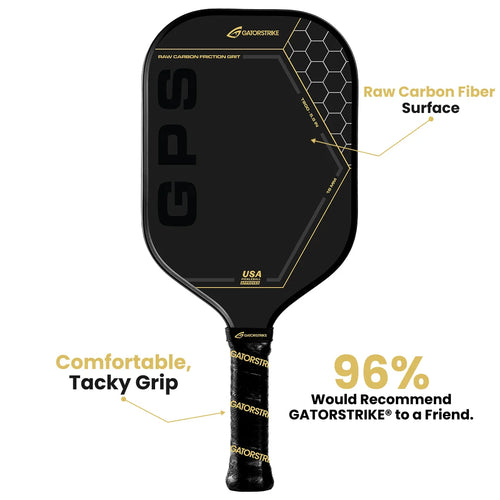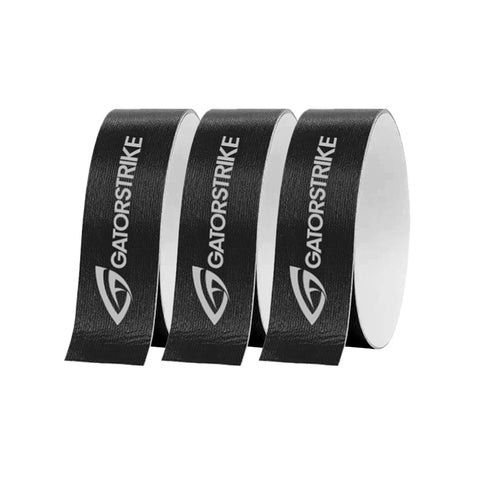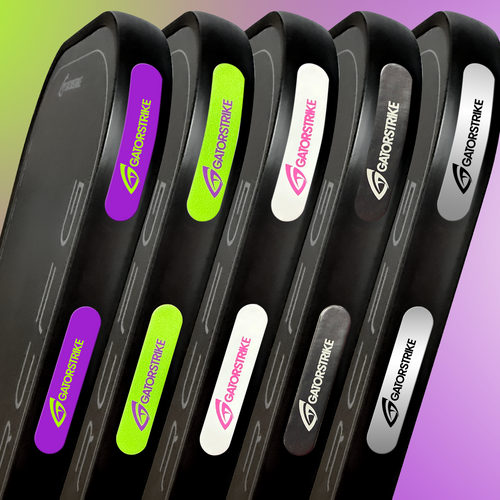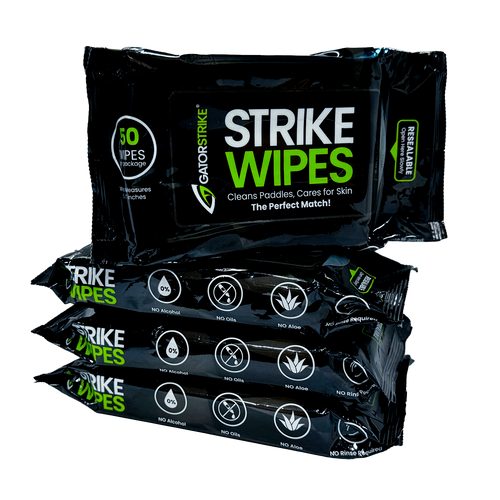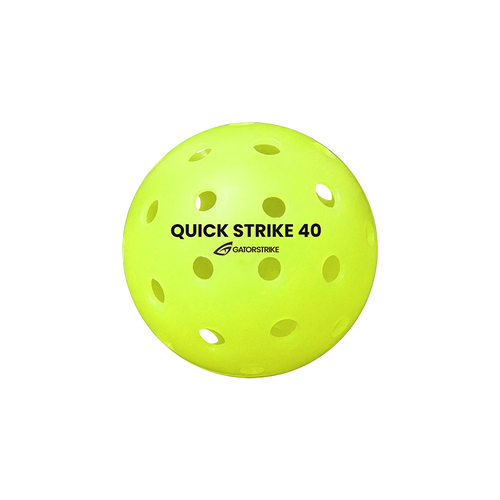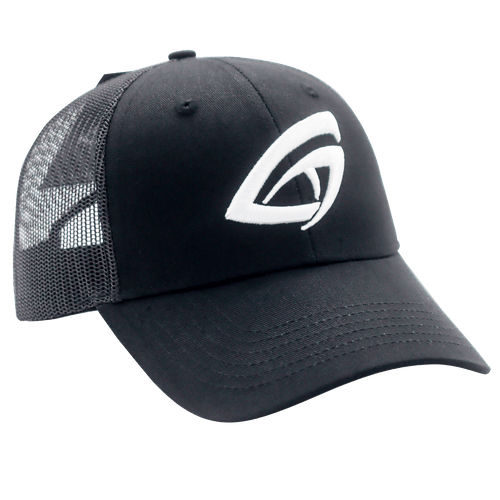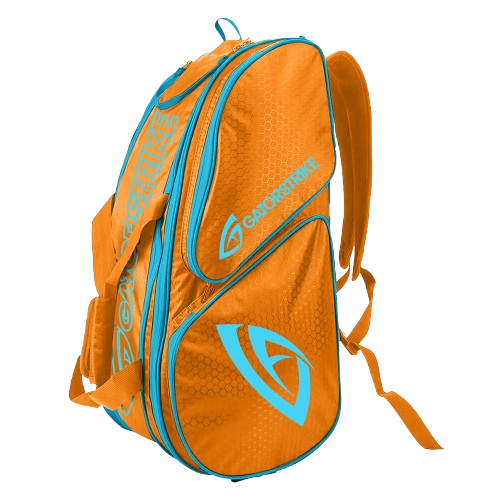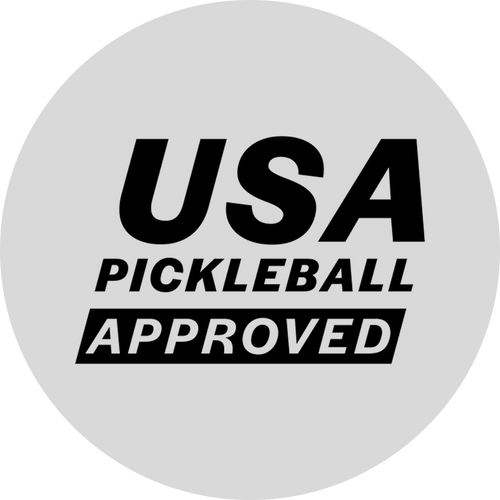
Indoor Pickleball Vs Outdoor Pickleball | Differences Challenges & Strategies
Share
Pickleball is growing in popularity all over all of the U.S., and one of the most exciting aspects about it is that It is possible to play either indoors or outside . Although the rules for pickleball are identical, the conditions significantly alter. From the kind of paddle you choose to the effect of wind on how you play, this article can help you master the two environments using clever techniques and right pickleball accessories .
Key Differences Between Indoor and Outdoor Pickleball
|
Feature |
Indoor Pickleball |
Outdoor Pickleball |
|
Court Surface |
Wood flooring that is smooth or synthetic |
Concrete or asphalt that could have cracks or a smudge |
|
Ball Type |
More supple, lighter, with bigger holes |
Firmer, heavier, and with fewer holes |
|
Bounce Behavior |
Higher bounce and consistency |
Lower bounce, influenced by surface imperfections |
|
Environment Factors |
No wind and controlled lighting |
The temperature, sun, and wind and weather impact performance |
|
Footwear Requirement |
Non-marking indoor court shoes |
Outdoor court shoes that are durable and have a good grip |
|
Best Paddle Material |
Carbon fiber paddles or composite paddles to control |
Professionally made pickleball paddles that are designed for strength and accuracy |
Indoor Pickleball: Strategies & Tips
Focus on Control & Placement
In indoor venues, accuracy is the key to winning the game. Make use of the predictable bounce for your benefit
-
Utilize dropping shots or dinks and your hands to place them.
-
Look for sharp and straight angles.
-
Choose Composite paddles and Tacky Overgrip Paddles to get more control.
Improve Indoor Footwork
-
Try lateral movement and sprints of a short duration.
-
Rapid reflexes are crucial when playing indoor courts with tighter spaces.
Lighting Awareness
-
Change your position in accordance with the angles of light.
-
Make sure to visit the court before the time to adjust to the shadows.
Manage Sound Distractions
Courts in indoor settings can amplify the sound. Keep your mind focused and work in noisy surroundings to improve concentration.
Outdoor Pickleball: Strategies & Tips
Adapt to Wind & Weather
Courts outside are not always predictable:
-
Make use of winds to benefit. Shoot aggressive shots in the wind, and play spin shots using the wind..
-
Bring a portable pickleball net net that you can carry around to warm-up or play in a relaxed environment.
-
Utilize visors and sunglasses to cut down on reflections of the sun.
Adjust Your Shots
-
Expect a less bounce. Make sure you stretch your knees.
-
Adjust your volley and serve techniques to accommodate the speedy outdoor games.
Outdoor Movement & Shoes
Wear outdoor pickleball accessories as well as pickleball shoes with strong tread and support. Try footwork on uneven terrain to increase your safety and agility.
Smart Strategies That Work in Both Settings
Communicate Clearly (Especially in Doubles)
-
Create the signals and verbal cues you communicate with your partner.
-
Be sure to call shots in advance to prevent confusion.
Mental Game: Stay Positive & Adapt
-
Be flexible and be ready to adjust your tactics based on the situation.
-
Develop mental strength to deal with the pressure and distractions.
Practice for Both Environments
-
Utilize a pickleball net that is portable to replicate various surfaces.
-
Exercise regularly using outdoors and indoor ball.
Choose the Right Equipment for Each Game
Paddles That Match the Court:
-
Indoor Courts:
Choose carbon fiber paddles as well as composite paddles to get a more responsive control.
-
Outdoor Courts:
Choose paddles for pickleball that are professionally specifically designed to handle speed as well as weather resistance.
Find the best-rated equipment GatorStrike at that includes high-quality, tested pickleball paddles as well as full pickleball accessories kits that fit any environment.
FAQs
1. Can I use the same paddle indoors and outdoors?
Yes, but the performance increases when it is matched with the surroundings. Carbon paddles perform more efficiently indoors, and tough composite paddles are able to withstand outdoors elements with ease.
2. Is there a difference in scoring?
The scoring rules are the same regardless of court location.
3. Are the balls interchangeable?
Not the best choice. Indoor balls are smaller and slow and more bouncy; outdoor balls are larger and are able to withstand the wind.
4. What’s the best paddle for outdoor play?
We suggest professional paddles that have textured surfaces for additional energy and speed.
5. Is footwork different on indoor courts?
Yes. indoor surfaces are slicker and require faster lateral movements using grip shoes that are properly fitted.
